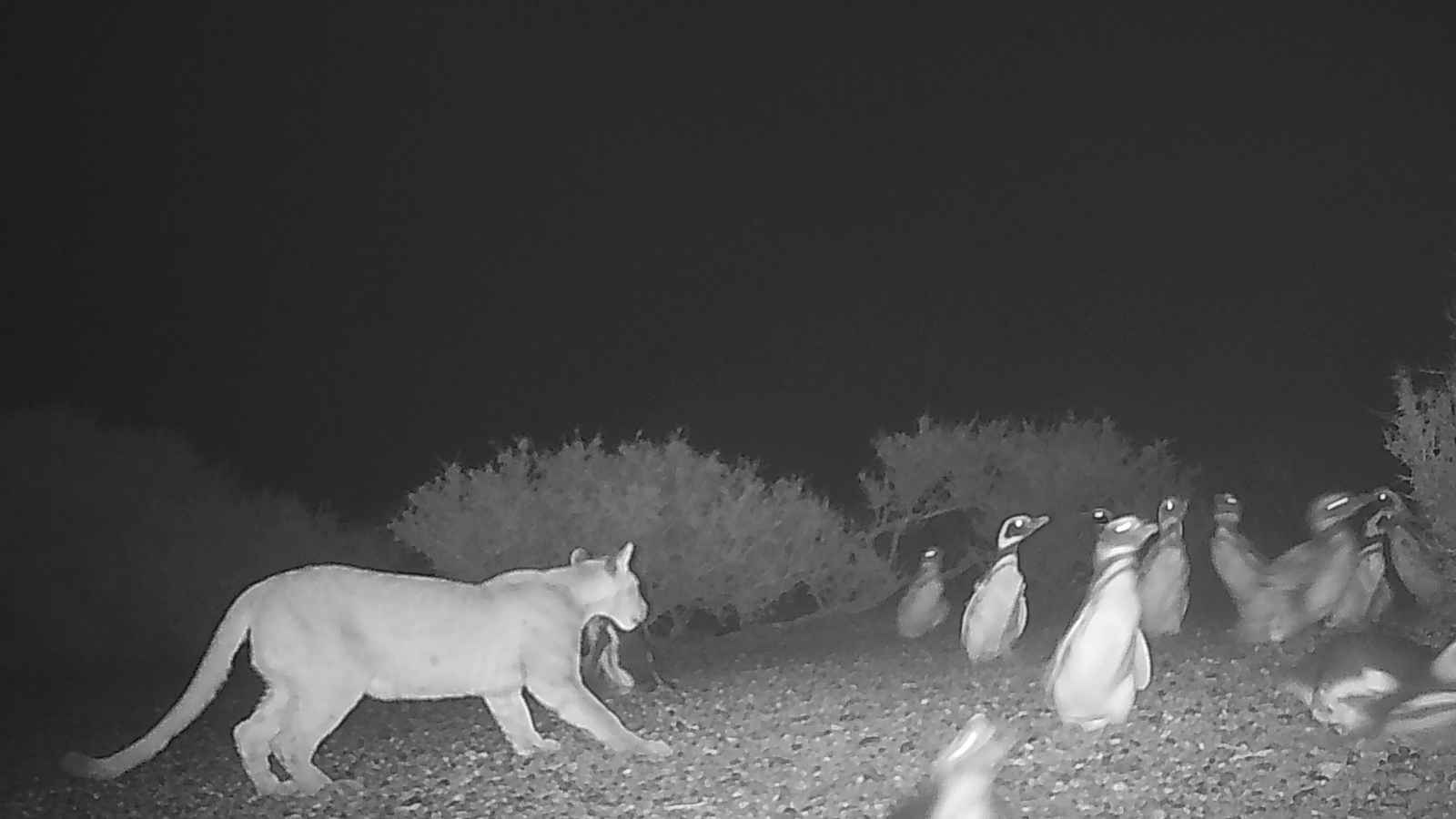Sudden eruption from 'dead' sunspot could bring auroras as far south as New York
It came from a dead sunspot.

Skywatchers, get set for a storm from the sun — and hopefully an ensuing display of the northern lights.
After a dead sunspot hurled a ball of plasma, or superheated gas, toward Earth earlier this week, medium-sized auroras may stretch farther south than usual as Earth's atmosphere absorbs the material.
A G2 geomagnetic storm watch will persist for Thursday (April 14), while a slightly milder G1 storm watch is forecast for Friday (April 15), according to the National Oceanic and Atmospheric Administration (NOAA). (NOAA ranks geomagnetic storms on a scale from G1 to G5, the strongest class.)
Geomagnetic storms can trigger auroras closer to the equator than is possible during calm conditions, raising hopes for skywatchers. "During such [G2] storms, auroras can seen as far south as, e.g., New York and Idaho — geomagnetic latitude 55 degrees," SpaceWeather.com said in a statement.
If you're looking for equipment to snap your best aurora photo, consider our best cameras for astrophotography and best lenses for astrophotography to help you decide. We also have a beginner's guide on how to photograph the aurora.
Related: Hyperactive sunspot just hurled a huge X-class solar flare into space
The genesis of the event was a "dead" sunspot called AR2987. More scientifically speaking, the sunspot had entered a quiescent period, and then unexpectedly erupted.
Get the world’s most fascinating discoveries delivered straight to your inbox.
Philip Judge, a solar physicist at the High Altitude Observatory at the National Center for Atmospheric Research (NCAR), told Space.com's sibling site LiveScience that such events happen when convection on the sun breaks sunspots apart, leaving magnetically-disturbed bits of previously quiet solar surface.
"Occasionally," Judge wrote Live Science in an email, "sunspots can 'restart,' with more magnetism appearing later (days, weeks) at the same region, as if a weakness was made in the convection zone, or as if there is an unstable region under the surface that is particularly good at generating magnetic fields beneath."
Auroras are associated with coronal mass ejections, which are sets of charged particles that jolt from sunspots, often after solar flares. If a CME is aimed toward Earth, often the particles can generate auroras in upper latitudes.
Particularly strong CMEs can short out satellites, shortwave radio or power lines, and pose radiation risks for astronauts, but this flare seems to be of the more moderate sort for now.
If you need equipment to capture the best aurora, consider our best cameras for astrophotography and best lenses for astrophotography to make sure you're ready. We also have a beginner's guide on how to photograph the aurora.
If you captured a stunning photo of the northern lights let us know! You can send in images and comments to Space.com by emailing spacephotos@space.com. Be sure to let us know your name, where you were observing from and what it was like to see the auroras.
Follow Elizabeth Howell on Twitter @howellspace. Follow us on Twitter @Spacedotcom or on Facebook.

Elizabeth Howell was staff reporter at Space.com between 2022 and 2024 and a regular contributor to Live Science and Space.com between 2012 and 2022. Elizabeth's reporting includes multiple exclusives with the White House, speaking several times with the International Space Station, witnessing five human spaceflight launches on two continents, flying parabolic, working inside a spacesuit, and participating in a simulated Mars mission. Her latest book, "Why Am I Taller?" (ECW Press, 2022) is co-written with astronaut Dave Williams.



